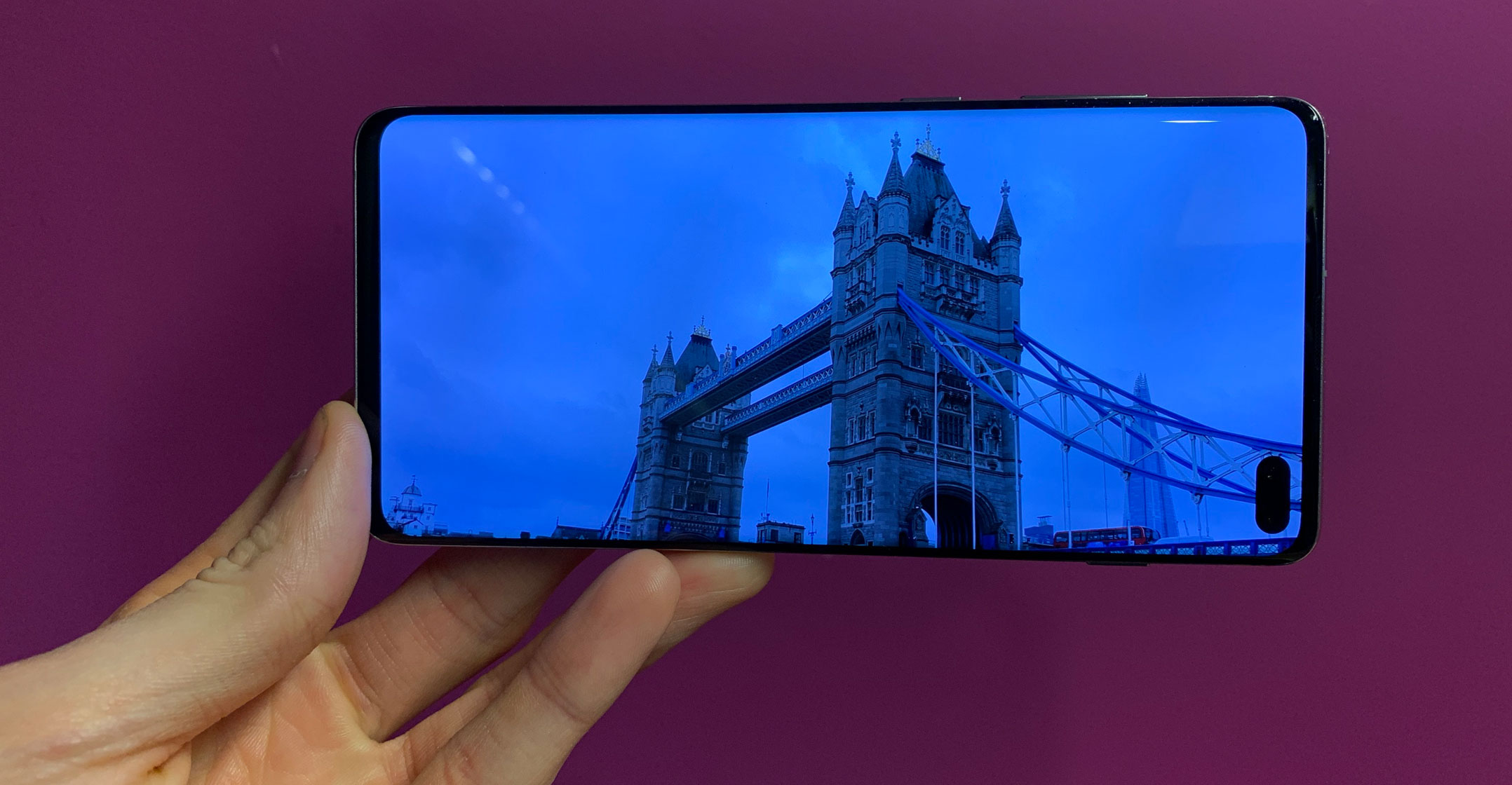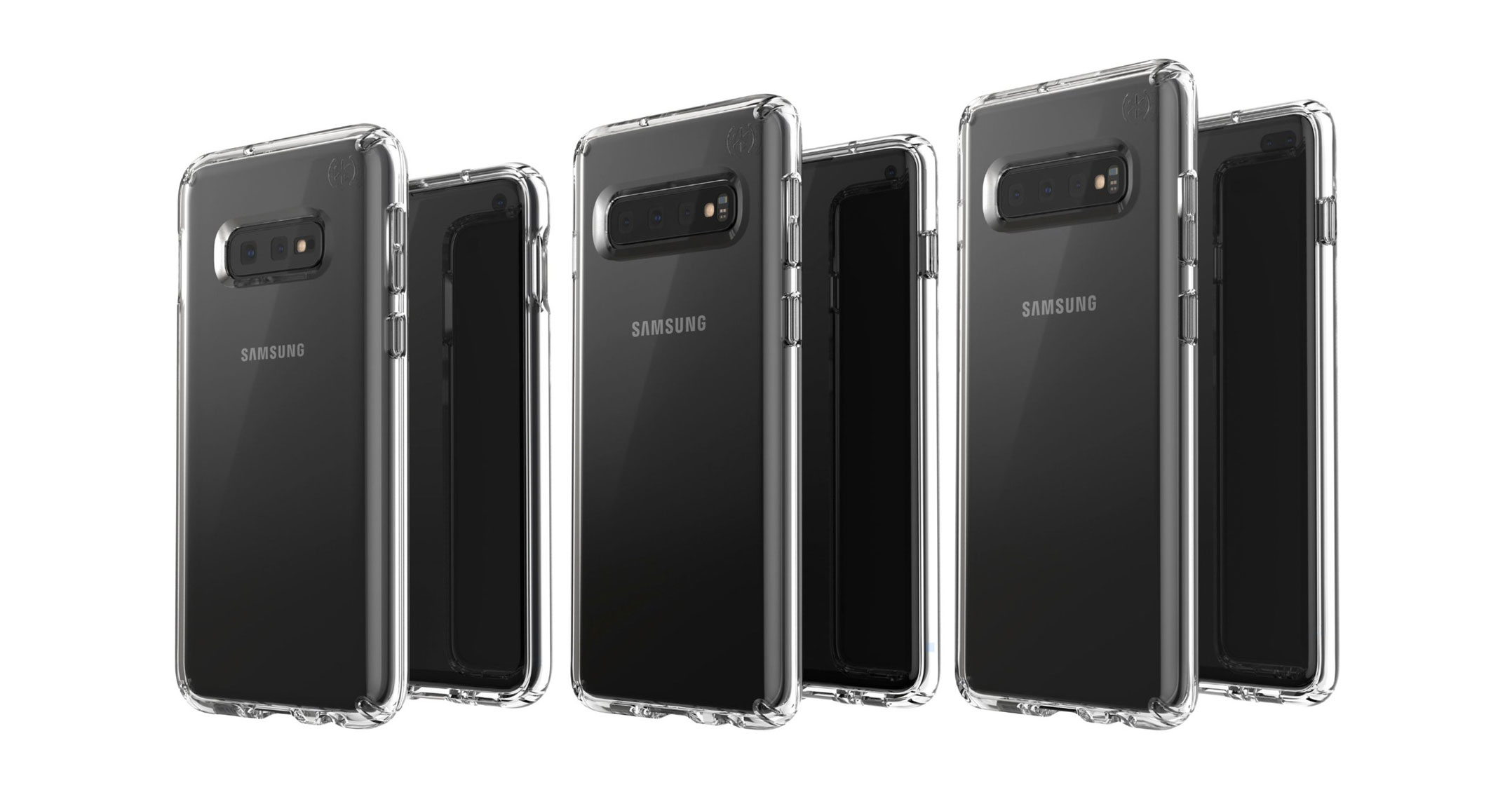 The year 2019 is likely to be a watershed one for smartphone makers, with foldable phones and 5G technology entering the market, offering the chance for firms to set new standards.
The year 2019 is likely to be a watershed one for smartphone makers, with foldable phones and 5G technology entering the market, offering the chance for firms to set new standards.
For Samsung, it is also likely to be a pivotal year as it must respond to the contrasting fortunes of its two biggest rivals — Huawei’s upward trajectory, and Apple’s apparent downward curve.
The Korean tech giant is the first to move in this important year with the release of its trio of new Galaxy S series devices: the S10e, S10 and S10+.
But how does the flagship of these devices, the S10+, stack up as a premium phone in 2019?
Now 10 years old, the Galaxy S line has matured into one with a real identity, and that has been honed again in the S10+. The big, bright screen at the heart of modern Galaxy phones is here again in the form of a 6.4-inch Quad HD+ Amoled display, but this year there’s the addition of dual “hole-punch” cameras, dropped into the screen.
Samsung calls the technology its Infinity-O display, and it enables less of the screen to be broken up by a notch needed to house the camera sensors.
The result is a front panel on the S10+ that is almost completely uninterrupted screen, one that makes viewing photos and video a great experience. It is also striking to simply look at, and helps the phone stand out from many of its rivals.
Ultrasonic
Impressively, the screen also includes a built-in ultrasonic fingerprint sensor beneath the display, which can be used to unlock the device.
Elsewhere, the S10+ is wrapped in a smart combination of metal and glass, curved at its edges and comfortable to hold as a result — the device is also surprisingly light in the hand.
On the back, the triple rear-camera system is neatly arranged at the top of the panel, while further down is another new technology — Wireless PowerShare: wireless charging which allows the S10+ to charge other smartphones held up to it back-to-back, including non-Samsung devices.
 It is also worth noting that the S10+ bucks the recent smartphone trend around headphone jacks by including one on the base of the device.
It is also worth noting that the S10+ bucks the recent smartphone trend around headphone jacks by including one on the base of the device.
In day-to-day use, the S10+ is the best Android smartphone currently on the market.
It is built on a smart, minimal version of Google’s Android 9.0 operating system, with few pre-loaded “bloatware” apps clogging up home screen space upon first powering up the phone.
This is Samsung’s new One UI, which is far easier to use on a large screen device such as this, replacing a screen filled with interaction points with more concise navigation options — many of which are strategically placed at the bottom of the screen and easy to reach when using the phone one-handed.
Elsewhere, both biometric sensors — the in-screen fingerprint and the facial recognition scanner in the front-facing cameras — are lightning fast to use as unlock methods.
Both are becoming increasingly common on modern flagships, and speed-wise Samsung’s sensors near-enough match those of rivals such as Apple and Huawei.
There’s also the nice touch of a light ring flashing around the front-facing camera when it’s scanning for your face to unlock the device.
For photography, too, the cameras are among the best on the market. A new ultrawide lens among the rear sensors allows for a greater field of view in images, which works nicely with the extra screen space on offer.
Wide-angle lens
The wide-angle lens is also fun to work with if you’re looking to boost landscape images or if you’re trying to take a photo of a crowded scene.
However, all this experience is rightly accompanied by the nagging feeling that a lot of what the S10 offers is already being replicated on previous Galaxy devices — particularly the S9 and Note9 from last year.
The nature of the modern smartphone market is one of only incremental updates to handsets each year, leading to many users holding onto their phones for longer. In response, manufacturers have reduced the amount of drastic innovation introduced each year to their devices, making annual upgrades less essential.
The Galaxy S10+ fits this design, but that should not immediately be considered a bad thing, especially anyone thinking about upgrading from a device from two or more years ago.
The Galaxy S10+ is the product of 10 years of Samsung work in mobile, and that can be seen in how the 10 looks and works.
The Infinity-O Display as taken one of Samsung’s biggest strengths — its screens — and enhanced then through the hole-punch camera that sits in the display.
This screen is well backed up by powerful cameras and an interface that is a pleasure to use.
Though it is not an essential upgrade for anyone with either an S9 or Note9 because the general performance increases are incremental at best, for everyone else this is the best Android phone you can buy right now.




